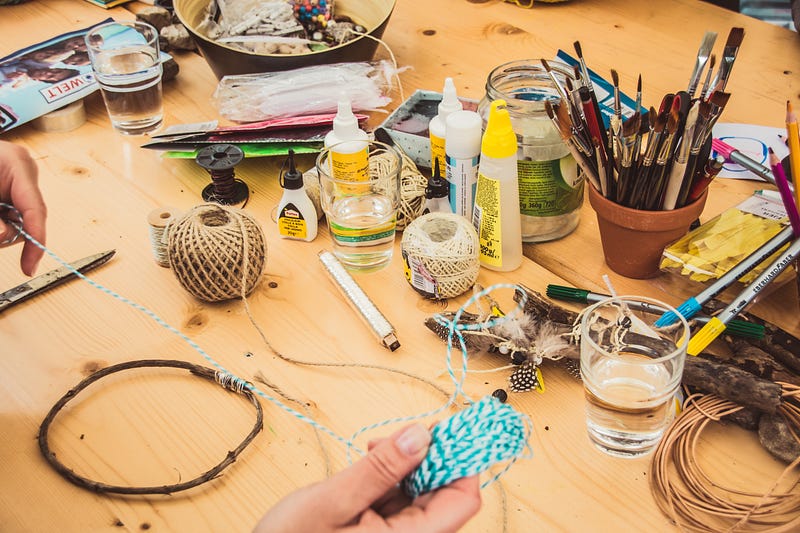Title: Understanding Why Glue Sticks Outside the Bottle, Not Inside
Written on
Chapter 1: The Enigmatic Nature of Glue
We’ve all experienced the struggle of peeling glue off our hands at some point. But have you ever stopped to ponder why glue adheres so effectively, yet remains liquid within its bottle? That curiosity sparked my interest, prompting me to investigate the intriguing question: Why doesn’t glue stick to the inside of its container?
The Fascinating History of Glue
You might be surprised to learn that adhesives have a rich history, dating back approximately 70,000 to 55,000 years. While today we use glue for crafts and projects, in ancient times it played a crucial role in human survival, enabling the creation of better tools.
Historically, adhesives were derived from natural materials, such as animal by-products and plant substances. Ingredients like casein (found in milk), collagen, plant gums, and vegetable starch were commonly used. Although glue has been utilized for millennia, the first commercial glue factory was established in the Netherlands in 1690.
With the advent of the 20th century, synthetic glues emerged, allowing for customized formulations. A quick search reveals over 40 different types of adhesives, most of which are synthetic. The key components of glue are often polymers, which are essentially long chains of similar molecules. Picture a necklace (the polymer) made up of beads (the individual molecules). The properties of these polymers—such as flexibility, strength, and melting point—determine the overall characteristics of the glue.

The Science of Adhesion
So, how does glue actually function? Given the diverse types of adhesives available, there are various mechanisms at play. For simplicity's sake, let’s focus on two common varieties: standard white craft glue and super glue.
White Craft Glue — The Role of Water
Starting with the more familiar option, white craft glue is a staple for everyday projects. Its two primary ingredients are polymers (often polyvinyl acetate) and water. When you apply glue to a surface, the water gradually evaporates, causing the glue to solidify.
As the water leaves, what remains are the polymers, which grip onto the tiny crevices of the surfaces they bond. This phenomenon is known as mechanical adhesion. Additionally, the polymers form cross-links with one another, creating a solid network that holds everything together.
Super Glue — The Importance of Moisture
In contrast to craft glue, super glue operates on a different principle. Instead of relying on polymers, it contains individual molecules known as cyanoacrylate, or monomers. When exposed to moisture, a chemical reaction occurs that transforms these monomers into polymers.
Unlike the mechanical adhesion of craft glue, super glue adheres through chemical reactions with moisture, requiring surfaces to be slightly damp. Even minimal moisture from the air is sufficient to initiate this rapid reaction, which is why super glue solidifies almost instantaneously. This reaction explains why a thinner application is often more effective than a thicker one, as it enhances contact with moisture.

Understanding Adhesion Dynamics
Now that we’ve covered the basics, let’s revisit our initial question: Why doesn’t glue stick to the inside of its bottle?
In the case of white glue, it remains liquid inside the container because the water cannot escape when the lid is sealed. While some water can evaporate, there comes a point where the air within the bottle becomes saturated, preventing further evaporation and keeping the glue in a liquid state. This phenomenon is tied to the concept of water vapor pressure.
For super glue, the situation is slightly different. This adhesive requires moisture to trigger its chemical reaction. When the lid is closed, the glue remains fluid. However, even a sealed container allows tiny water particles to seep in, which is why super glue will eventually harden once the seal is compromised.
The Science Behind the Magic
Although kids may view glue as something magical, its properties can be easily explained through science. Today, you’ve learned that glue doesn’t adhere inside its container due to the presence of water. In the case of craft glue, the water remains trapped, while for super glue, the moisture must be accessible for it to solidify.
While this knowledge may not drastically change your life, hopefully, it inspires curiosity and a thirst for learning.